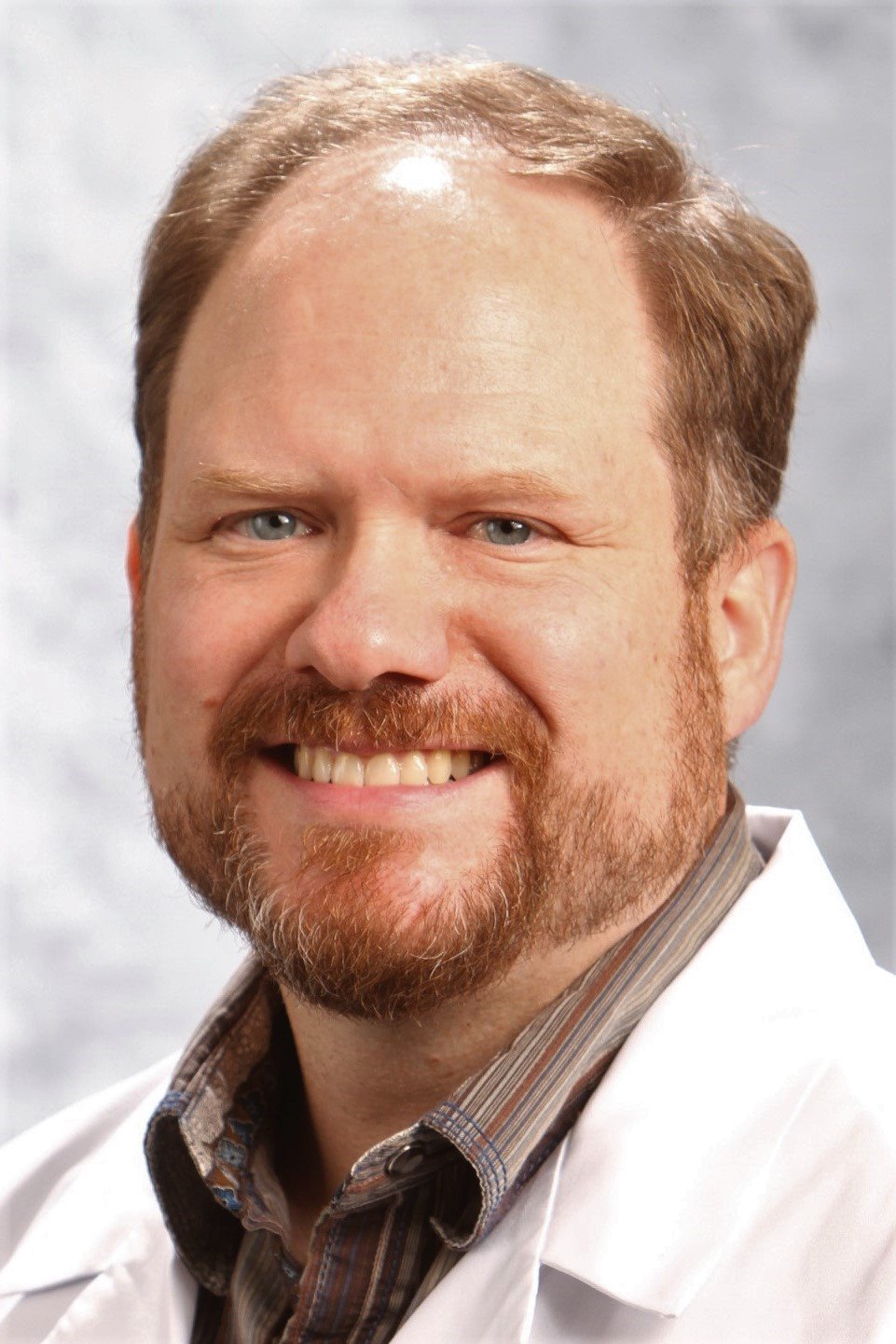How do you get Orthopedic surgeons, psychiatrists, family practice doctors, and physical therapists
- Todd Capistrant

- Sep 30, 2017
- 2 min read
You wouldn't think that Orthopedic surgeons and physical therapists would be at a manual therapy conference together. But that's exactly what happened at the 7th FDM World Congress recently in Cologne, Germany. Practitioners of Fascial Distortion Model (FDM) descended upon the German city September 22-24, 2017 to share "New Ideas", as the Congress was titled. There were hundreds of practitioners from Japan, Africa, Europe, Russia, and the USA. They ranged from physiotherapists (physical therapists to us westerners) to Osteopaths, MDs, nurse practitioners, and also included psychiatrists and Orthopedic surgeons. How does such a broad group come together for a practice that is so heavy on manual therapy? The answer seems to be simple - results. Surgeons that want the best outcome for their patients will seek out alternative treatments if possible before deciding on surgery. Some of these surgeons are actually doing some of the FDM manual therapy themselves, as it can be quick to perform in the clinic. Of course, all the other FDM practitioners in attendance are looking for the same fast results for their patients too.
Following are some of my personal highlights of the 7th FDM World Congress.
Most interesting for me was the presentation of a psychiatrist, Mario Maleschitz, MD, that is using FDM on his patients to help with their physical complaints. If he can get a patient to use less medication for pain because he's addressed their pain complaints, they'll be more likely to take the needed psych medications, Dr. Maleschitz says. There were two presentations on the application of FDM to pediatric patients, Lars Werner of Germany, and Johanna, Rettenbacher, MD, of Austria. Dr. Rettenbacher had interesting new ideas on how to interpret infant movement patterns to then apply FDM manual therapy for immediate results, including resolution of torticollis often in only 3 visits.
Big names in the fascia research world included Dr. Jean-Claude Guimberteau, Dr. Robert Schleip, Dr. Andreas Schilder, and Dr. Peter Huijing. Dr. Guimberteau's visualization of fascia in close-up high detail during endoscopic surgery is always fascinating, and makes you realize how little we really know of the workings of the body. I could watch his videos all day long! Then of course, Robert Schleip is always a crowd favorite. This year his lecture was focused mainly on how the fascia is so highly innervated, and that most of the effects of manual therapy are likely to be neurological. This was echoed by the first FDM instructor in Europe, Dr. Georg Harrer, who noted, "We do not correct 'fascial distortions'. We only imagine them to guide us in treatment. It is all neurological."
Watch for a future post with the rundown of the presentations of Dr. Todd Capistrant and myself from the FDM World Congress.
-Matt Booth, PT, DPT






Comments